Federal Funding Response
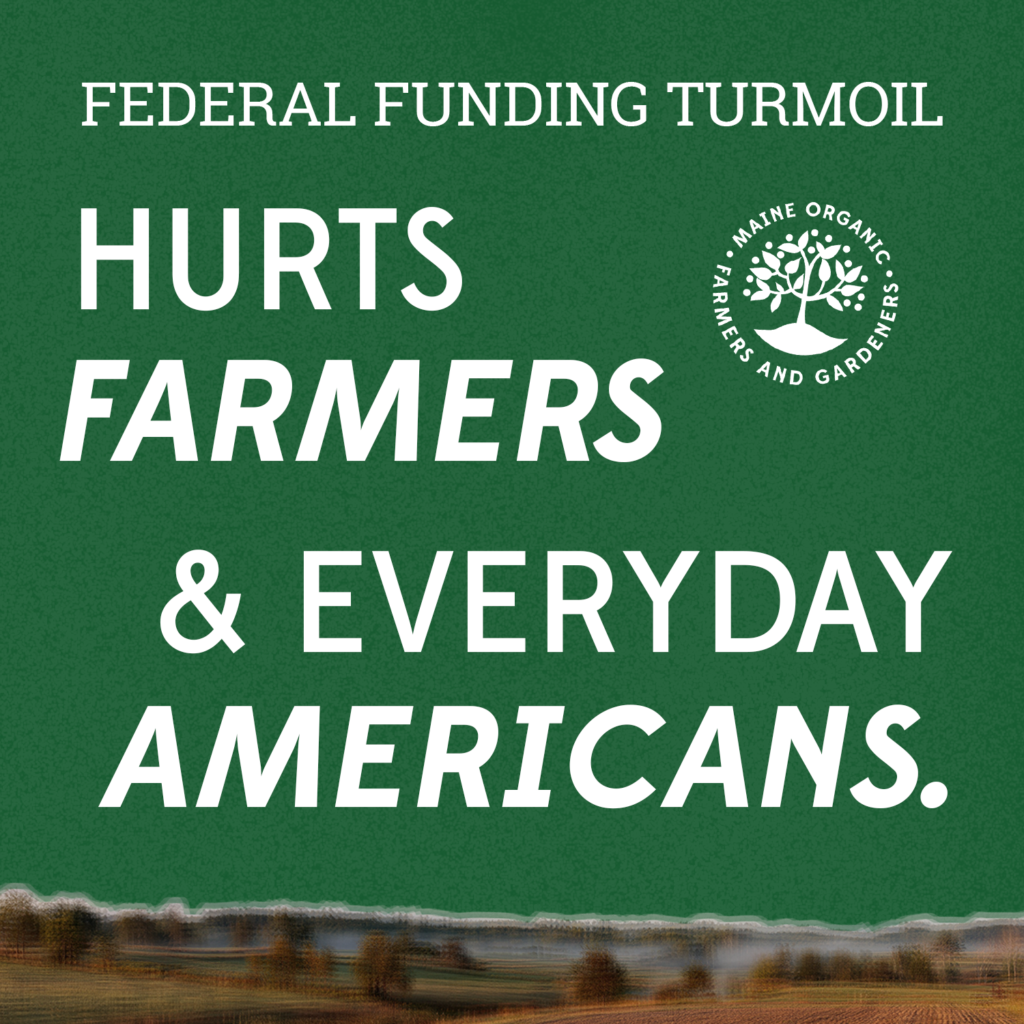
Recent federal funding turmoil has created uncertainty for farmers, community members, MOFGA staff, and our partners. We’ve been navigating federal funding freezes and the uncertainty of the legality of executive orders that are having sweeping impacts.
MOFGA receives funding through 14 federal programs. In 2025, we have about $1 million in our budget that should come from these federal programs. Most of these funds are multi-year grants, and many of them include pass-through funds that go directly to farmers to help them sustain their businesses. There will be ongoing impacts for our farmers if these programs are no longer available.
MOFGA staff and board members have been working diligently to carry on the day-to-day operations of MOFGA while also making contingency plans and advocating for these United States Department of Agriculture (USDA) programs that are critical to the future of food and agriculture in the United States.
The uncertainty and the barrage of information and actions that are coming our way are meant to overwhelm us, take up our energy and resources, and pull us away from our mission-oriented work. We will not let that happen. We are not alone in our work, and we will come together with our community members, our partner organizations, and allies to protect and strengthen the critical tasks necessary to create an organic future.
Contact Your Lawmakers
Listen to Farmers
We encourage MOFGA farmers and community members to contact members of Congress and urge them to do everything they can to protect the federal grants and loans that are so important strengthening a Maine agriculture that is healthy and accessible for all of us.
MOFGA held a press conference in South Portland, Maine, to hear from Maine farmers who are among those directly impacted by the federal funding freeze of United States Department of Agriculture (USDA) payments.

Alyssa Adkins
Farthest Field Farm, Freeport, Maine
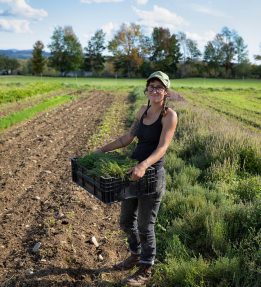
Rachel Chapman
Seven Moon Farm, Freedom, Maine
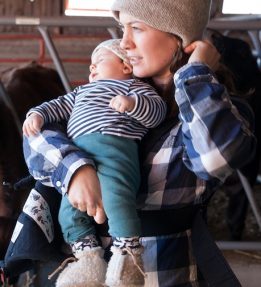
Caitlin Frame
The Milkhouse Farm & Creamery, Monmouth, Maine

Rhiannon Hampson
Grace Pond Farm, Thomaston, Maine
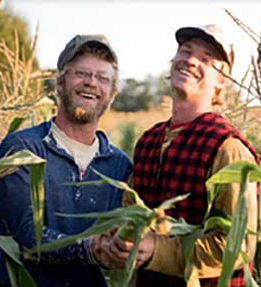
Carl Johanson
Goranson Farm, Dresden, Maine
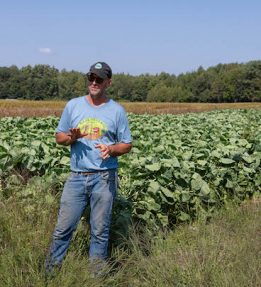
Seth Kroeck
Crystal Spring Farm, Brunswick, Maine
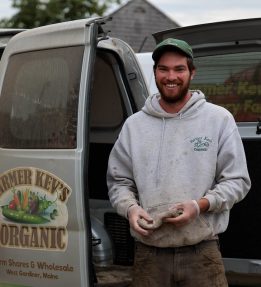
Kevin Leavitt
Farmer Kev’s, West Gardiner, Maine
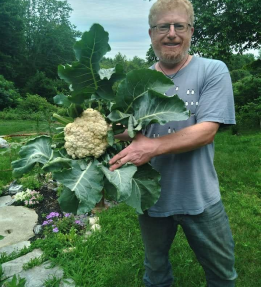
Michael Levine
Avalon Acres, Hollis, Maine
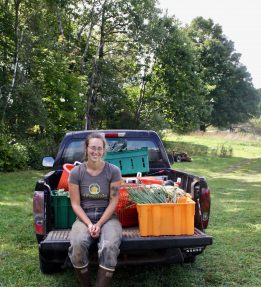
Janelle Plummer
New Spoke Farm, West Paris, Maine

